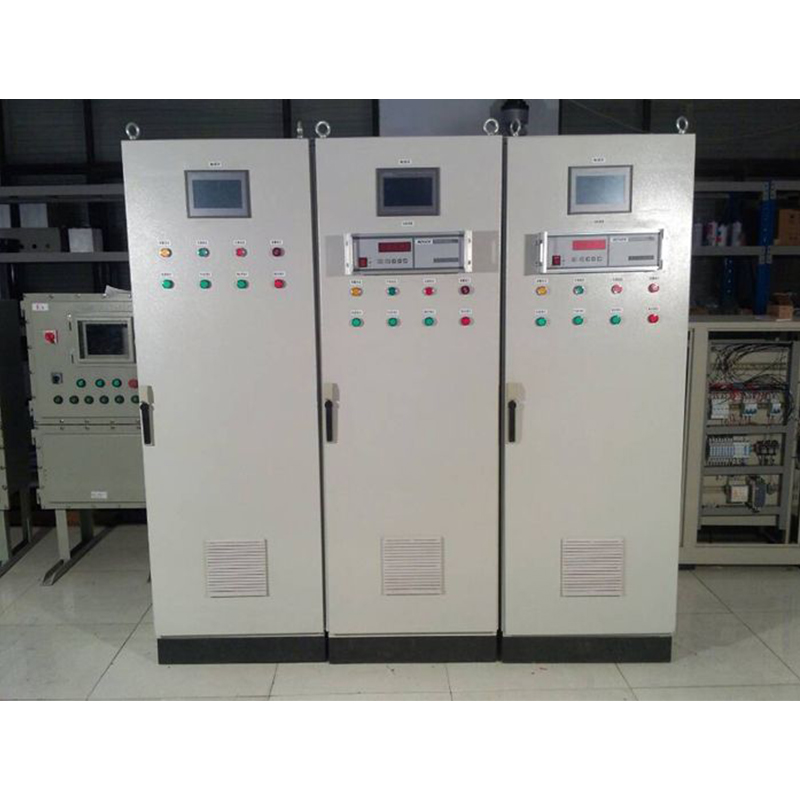
9 月 . 24, 2024 03:53
Back to list
Designing Efficient Heat Exchangers for Enhanced Thermal Performance and Energy Savings
Understanding Heat Exchangers Principles and Applications
Heat exchangers are crucial components in various industrial processes, ranging from power generation to chemical processing and HVAC systems. Their primary function is to transfer heat between two or more fluids without mixing them, maximizing energy efficiency and minimizing environmental impact.
The basic principle of a heat exchanger is quite simple it relies on the conduction and convection of heat. Two fluids, typically one hot and one cold, flow through the exchanger. As the hot fluid loses heat, the cold fluid gains heat, resulting in an efficient transfer of thermal energy. This process is governed by the laws of thermodynamics, specifically the second law, which states that heat naturally flows from hot to cold until thermal equilibrium is reached.
Heat exchangers come in various designs, each tailored for specific applications. The most common types include shell-and-tube, plate, and finned tube exchangers. Shell-and-tube heat exchangers consist of a series of tubes, with one fluid flowing through the tubes and another fluid flowing around them in a shell. This design is highly efficient for large-scale applications, such as in oil refineries. Plate heat exchangers, on the other hand, use a series of thin, corrugated plates to create a large surface area for heat transfer in a compact space. They are often seen in food processing and pharmaceuticals due to their ease of cleaning and maintenance.
heat exchanger

Moreover, heat exchangers play an essential role in energy conservation. In the context of HVAC systems, they are used in heat recovery to precondition intake air using exhaust air, thus reducing energy costs. In industrial settings, waste heat recovery systems utilize heat exchangers to harness excess heat from processes, converting it into steam or hot water for reuse, which significantly lowers energy consumption.
The efficiency of a heat exchanger is measured using the effectiveness-NTU method or the log mean temperature difference (LMTD) method. When designing or selecting a heat exchanger, factors such as flow arrangement (counterflow, parallel flow, or crossflow), material compatibility, and pressure drop are crucial considerations.
In conclusion, heat exchangers are vital in many sectors, providing significant energy savings and contributing to environmental sustainability. As industries increasingly focus on reducing carbon footprints, the development of more efficient and innovative heat exchanger technologies will play an indispensable role in advancing global energy efficiency and sustainability efforts. Understanding their operation and applications will be paramount for engineers and professionals in the field, ensuring optimal performance and integration into existing systems.
Latest news
-
Unlocking The Quality Gas Pressure ReducersNewsNov.01,2024
-
The Role of Gas Pressure Reducing StationsNewsNov.01,2024
-
The Importance and Functionality of Safety Relief ValvesNewsNov.01,2024
-
The Essential Role of Safety Valves in Natural Gas ApplicationsNewsNov.01,2024
-
The Essential Role of Gas Pressure RegulatorsNewsNov.01,2024
-
Enhance Your Premium Gas FiltersNewsNov.01,2024

